-
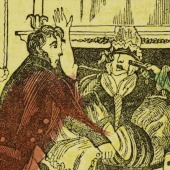
Life and adventures of Richard Turpin, a most notorious highwayman: comprising a particular account of all his robberies, his ride to York, and his trial and execution for horse-stealing, April 7th, 1739
-
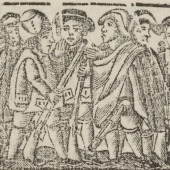
Siete hermanos vandoleros: Famosa xacara nueva, donde se da cuenta de la vida, prision y muerte de siete hermanos vandoleros en que se refieren las grandes crueldades, insultos, muertes y robos que hizo Andres Vazquez y sus siete hermanos, como lo verá el curioso lector: los nombres de cada uno son Miguel, Juan, Francisco, Pedro, Gerónimo, y Antonio Vazquez castigados en Ciudad Real
-

D. Juan de Serrallonga: historia escrita en trovos
-
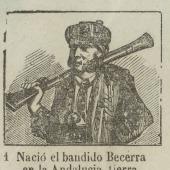
El corazon de un bandido
-
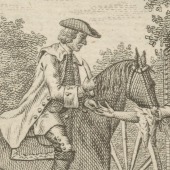
Newgate calendar, or Malefactor’s bloody register. Vol. III
-
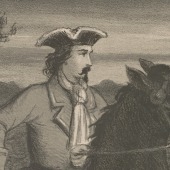
John Lee
Dick Turpin: quadrille
The glamour of bandits
Read all about it!
The image of the bandit in popular culture is exemplified by actual men who came to have the reputation of being brave and attractive. By the early nineteenth century in Spain and England bandits were viewed more as heroes than as criminals, perhaps because fictional accounts described them as handsome, athletic and enterprising. Typically they were remembered for being ‘generous’, with characters such as Robin Hood, Dick Turpin and the Spanish Diego Corrientes supposedly stealing from the rich to give to the poor.
In other cases, such as that of Juan de Serrallonga, the reputation for generosity was built upon magnanimous treatment of enemies. Although printed in the nineteenth century, the Spanish examples displayed here are based on men who lived in earlier centuries. Other bandits, such as Luis Candelas, José el Tempranillo, and the Niños de Écija were genuinely violent, even if they enjoyed a reputation for liberality. They usually lived short lives, and met justice in death by execution.